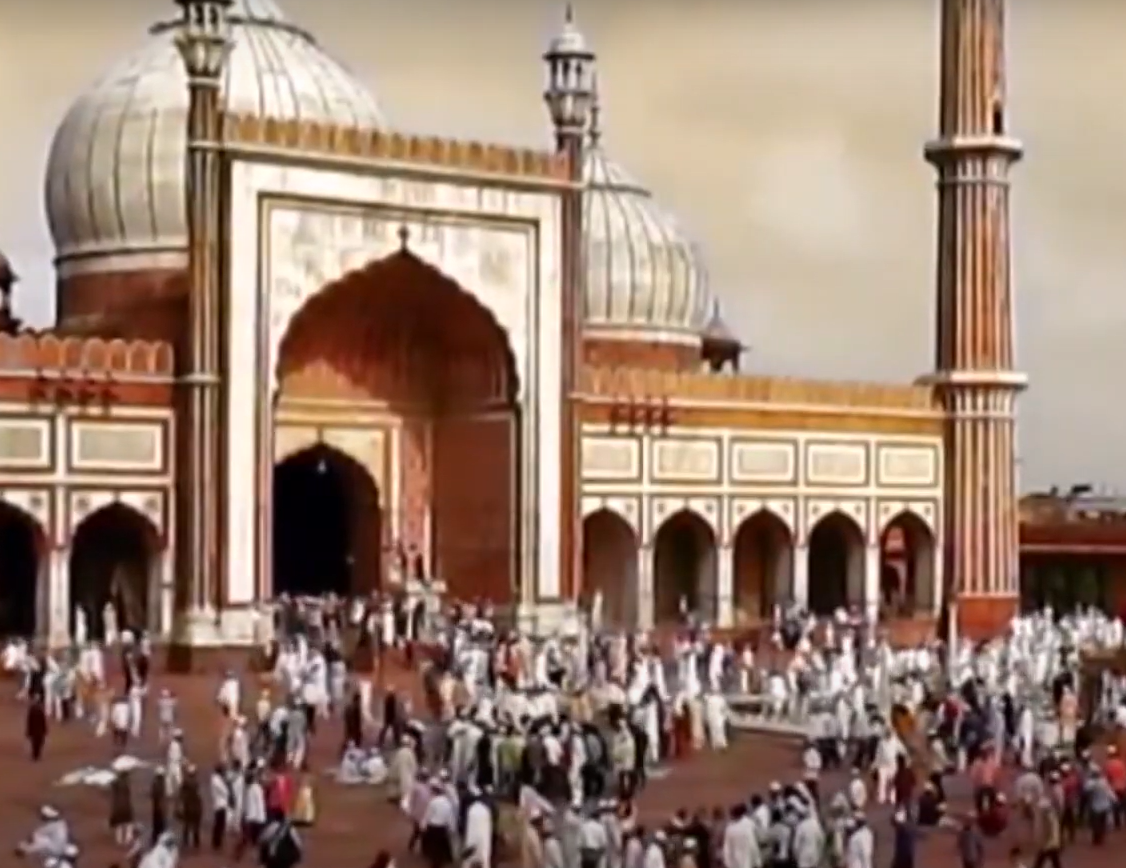
The mosque is the second-largest mosque in Africa After the Algiers grand mosque, and the 7th largest in the world. The building was commissioned by King Hassan II to be the most ambitious structure ever built in Morocco. It was designed by the French architect Michel Pinseau who had lived in Morocco, and was constructed by the civil engineering group Bouygues.
The mosque stands on a promontory looking out to the Atlantic Ocean; worshippers can pray over the sea but there is no glass floor looking into the sea, it has one dome and one magnificent minaret. It took over seven years and 10,000 craftsman recruited in all the cities of the kingdom that carved 53,000 m2 of wood and assembled more than 10,000 m2 of zellige (ceramics) for the place of worship. The result is a modern and massive tribute to the former King of Morocco that beautifully blends traditional Moorish architecture with 20th century innovation and equipment. Although it is only the 7th largest mosque in the world, Hassan II claims the title of having the largest minaret in the world at a time. Capped with a spotlight that shines east towards Mecca, the minaret is 210m tall, towering above the Atlantic Ocean. Almost lighthouse-like in its position, it is also built directly on the Atlantic Ocean on reclaimed land, which was done with intention by the architect to recall a verse of the Qur’an stating that “the throne of Allah was built on water.” The minaret is 60 stories high topped by a laser, the light from which is directed towards qibla direction. and it is the world’s second tallest minaret at 210 metres (689 ft). The walls of the minaret are of hand-crafted marble and the roof is retractable.
The prayer hall can accommodate 25,000 prayers with a total area of 20,000 m2. And the esplanade 80 000 prayers (the complete set can accommodate 105 000 people). The prayer hall is characterized by its rectangular shape and the size of its proportions: 200 m long, 100 m wide and 60 m high. The area measures 20,000 m² and its capacity is about 25,000 worshipers. The prayer hall is also characterized by its removable roof, covering an area of 3,400 m², which is able to open in only five minutes.
The roof is adorned with a series of 14 domes, and 50 Murano glass chandeliers of 6 m in diameter, 10 m in height and a weight of 1200 kg each. The roof covering required the installation of 300,000 tiles made especially of cast aluminium, imitating the traditional glazed terracotta tile from Fez but four times lighter. The materials used are Cedarwood from the middle atlas, Marble from Agadir, Granite stone from Tafraoute and terracotta that was specially made for the mosque.
Disclaimer : Mopsqpedia is a non-profit database. All images featured in the database are sourced from various references, publications, and websites related to mosque architecture. Mosqpedia does not claim ownership of any images unless explicitly stated. Images are provided solely for educational and bibliographic purposes. Mosqpedia disclaims any responsibility for copyright infringements related to the images displayed. Users are responsible for verifying copyright status and obtaining permission from original sources if they intend to reproduce, distribute, or use any image beyond fair use.
I agree to the terms outlined below:
You agree to upload and assign Mosqpedia Database the rights to use the content worldwide and in perpetuity across all current and future media platforms. Mosqpedia Database may edit, copy, adapt and translate your contribution.
The content will be distributed under the Creative Commons Attribution-Deed – Attribution-NonCommercial-NoDerivatives 4.0 International – Creative Commons
All data will be stored in line with data protection regulations.
I agree to the terms outlined below:
You agree to upload and assign Mosqpedia Database the rights to use the content worldwide and in perpetuity across all current and future media platforms. Mosqpedia Database may edit, copy, adapt and translate your contribution.
The content will be distributed under the Creative Commons Attribution-Deed – Attribution-NonCommercial-NoDerivatives 4.0 International – Creative Commons
All data will be stored in line with data protection regulations.